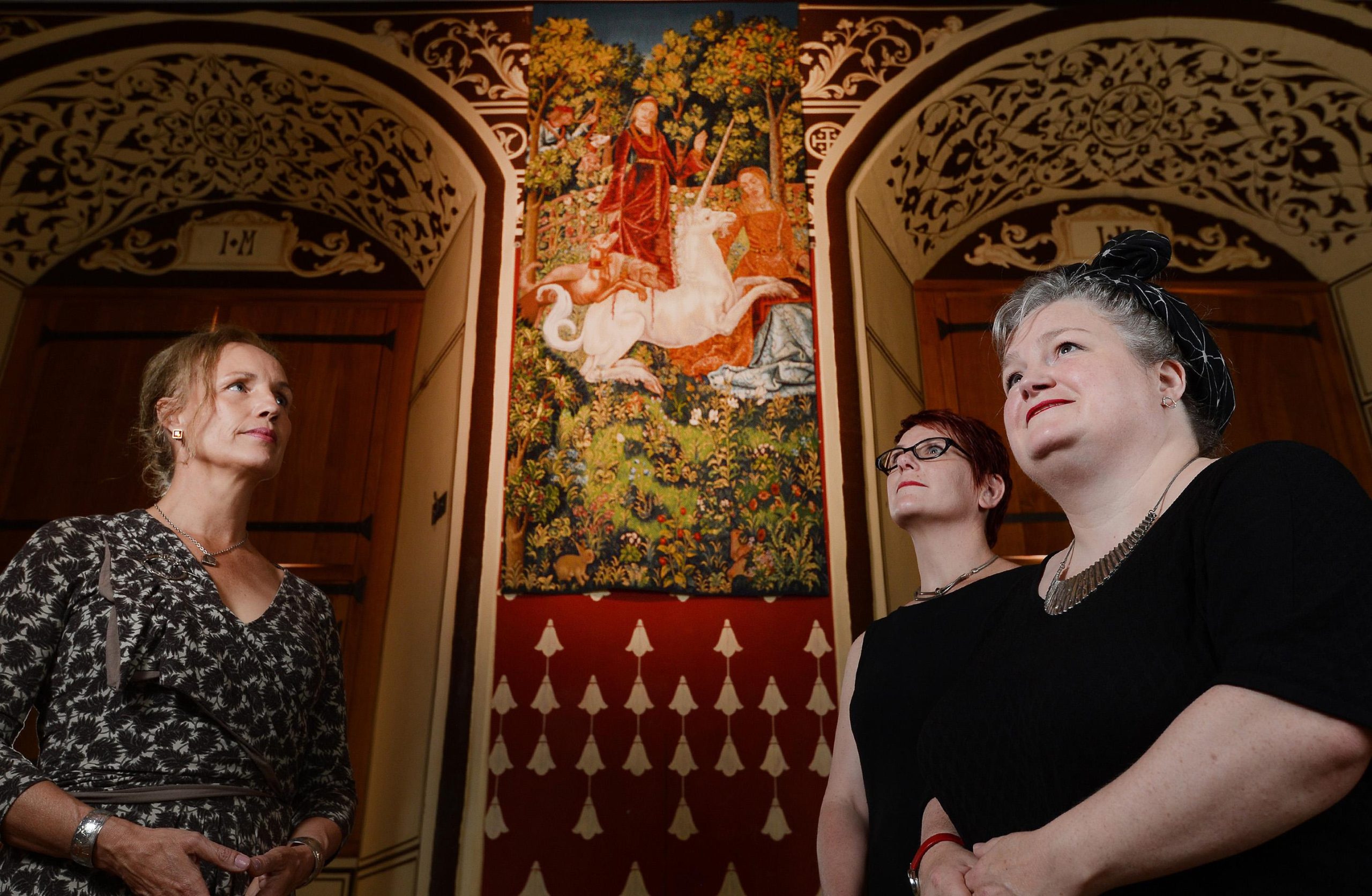Unveiling the Tapestry of Tradition: Exploring the Enchanting World of Kente Cloth
Table of Contents
Introduction
Kente cloth, a vibrant and intricate textile woven in Ghana, embodies the rich cultural heritage of the Akan people. Its vibrant colors, intricate patterns, and deep symbolism have captivated the world for generations. This complete guide delves into the captivating realm of Kente cloth, exploring its historical roots, weaving techniques, cultural significance, and practical applications.
History and Origins of Kente Cloth
Kente cloth originated in the 12th century among the Akan people of modern-day Ghana and Ivory Coast. Initially reserved for royalty and special occasions, it became a symbol of status and prestige within Akan society. Each Kente cloth is a unique work of art, handwoven by skilled artisans using traditional methods passed down through generations.
Weaving Techniques
Kente cloth is woven on horizontal looms using a narrow-strip weaving technique. Strips of cotton or silk thread dyed in vibrant hues are interlaced to create intricate geometric patterns. The distinctive designs often incorporate motifs inspired by nature, history, and cultural symbols.
Cultural Significance
Kente cloth holds profound cultural significance for the Akan people. Its vibrant colors and patterns represent specific proverbs, historical events, and social values. As an example, the “Sasa” pattern symbolizes the scales of a fish, representing unity and wealth. The “Adinkrahene” pattern depicts the proverb “one who does not know his roots is like a tree without roots.”
Practical Applications
Beyond its cultural significance, Kente cloth has practical applications as well. It is used to create traditional garments such as togas and gowns, as well as accessories like scarves and headwraps. its unique designs and durability make it popular for home décor and fashion.
Benefits of Kente Cloth
Cultural heritage: Preserves and celebrates the rich cultural heritage of the Akan people.
Aesthetic appeal: Vibrant colors and intricate patterns create visually appealing textiles.
Durability: Handwoven using sturdy threads, Kente cloth is known for its longevity.
Versatility: Adaptable for a wide range of applications, from traditional garments to home décor.
Practical Tips
Care: Handle Kente cloth gently and dry clean or hand wash using mild detergents.
Storage: Store in a cool, dry place away from direct sunlight to prevent fading.
Purchase: Support local artisans by purchasing Kente cloth directly from Ghana or reputable retailers.
Case Studies
The smithsonian Museum in Washington, D.C., houses a renowned collection of Kente cloth, showcasing the diversity of its designs and historical significance.
* In 2018, the fashion label Off-White featured Kente cloth in its collection, showcasing the crossover appeal of this traditional textile.
First-Hand Experience
“Witnessing the weaving of Kente cloth up close was a mesmerizing experience. The intricacy and precision of the artisanship were truly awe-inspiring. Each piece is a testament to the rich cultural heritage it embodies.” – Sarah Johnson, textile enthusiast
Conclusion
Kente cloth is a vibrant tapestry of tradition, symbolism, and craftsmanship. Its unique designs and profound cultural significance have made it an iconic textile both in Ghana and beyond. Whether used for ceremonial garments or modern home décor, Kente cloth continues to enchant and inspire. By understanding its historical roots,weaving techniques,and practical applications,we can appreciate the artistry and cultural heritage behind this remarkable textile.

